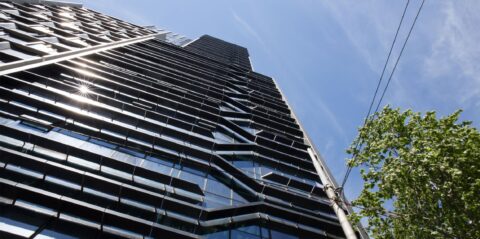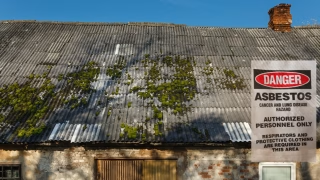
Exploring the Evolution of High-Rise Prefabrication and Modular Construction
The growing interest in using prefabrication and modular construction techniques for high-rise buildings is causing an interesting change in the construction industry. Our understanding of these techniques, which have historically been connected to conventional house development, is changing as a result of this new trend.
Innovative Design in High-Rise Prefabrication
Prefabrication isn’t limiting architectural inventiveness in high-rise structures, despite popular opinion to the contrary. In fact, it’s working well. Leading Rothelowman architect Stuart Marsland gave a presentation at the prefabAUS annual conference in Sydney. He stressed that prefabrication should be seen as an enabler rather than a barrier. ‘Prefabrication by design’ highlights that the construction process is determined by the design, not the other way around. This kind of thinking preserves the integrity of the design while expediting the construction process.
One prime example is Melbourne’s La Trobe Tower, a 42-story wonder and the country’s tallest prefabricated structure with 205 modular residences. This project, which was finished nine months ahead of schedule, showed how prefabrication could result in quicker construction, increased safety because walls were already erected, and maintained design excellence.
La Trobe Tower: A Melbourne Landmark
The building of the La Trobe Tower was overseen by Michael Argyrou of Hickory Group, who led the way in high-rise prefabrication with their Hickory Building Systems. He highlights the method’s advantages in terms of quality and time efficiency, pointing out that it reduces post-construction faults and expedites project completion.

Integration of BIM Technology
Prefabrication and modular building are getting better thanks in large part to the advancement of Building Information Modelling (BIM) technology. Budget constraints, labour shortages, and material cost are just a few of the industry issues that BIM helps to address. Its smooth integration with Design for Manufacturing and Assembly (DfMA) enables accurate offsite production of building elements, such as floors and walls, which are then erected on site. This minimises errors through precision production and resulting in shorter building times and costs.
Towards a Sustainable Construction Future
In the building sector, the need for sustainability is growing more and more important. The use of modular design and prefabrication are first steps in achieving these sustainable objectives. They reduce waste, improve energy economy, and help create a regulated environment for manufacturing. Preconstruction planning and design are becoming more and more important, especially with the use of BIM, and they are crucial to sustainable building practices.
Prefabrication: Advantages and Challenges
Prefabrication has advantages as well as disadvantages. Positively, it provides significant waste reduction, shorter build times, safer working conditions, and efficient sites. But it also confronts obstacles like transportation costs, opposition from some industry players, potential misalignment between onsite and offsite activities, and logistical problems in strong winds.
In conclusion, even though there are still obstacles to be solved, the increasing use and acceptance of prefabrication and modular building techniques in high-rise construction are encouraging indications of progress in the industry.

🚀 Ready to Elevate Your Building Career?
If you’ve been inspired by the possibilities in the building and construction industry, it’s time to take action. The Certificate IV in Building and Construction offers the expertise and knowledge you need to turn your aspirations into reality. Whether you’re aiming to become a skilled builder, an efficient project manager, or a visionary leader in the residential building sector, this course is your stepping stone.
Join a community of professionals who have transformed their careers with this nationally recognised qualification. Don’t just build structures, build a future you can be proud of. Discover more about how you can start your journey with the Certificate IV in Building and Construction.






